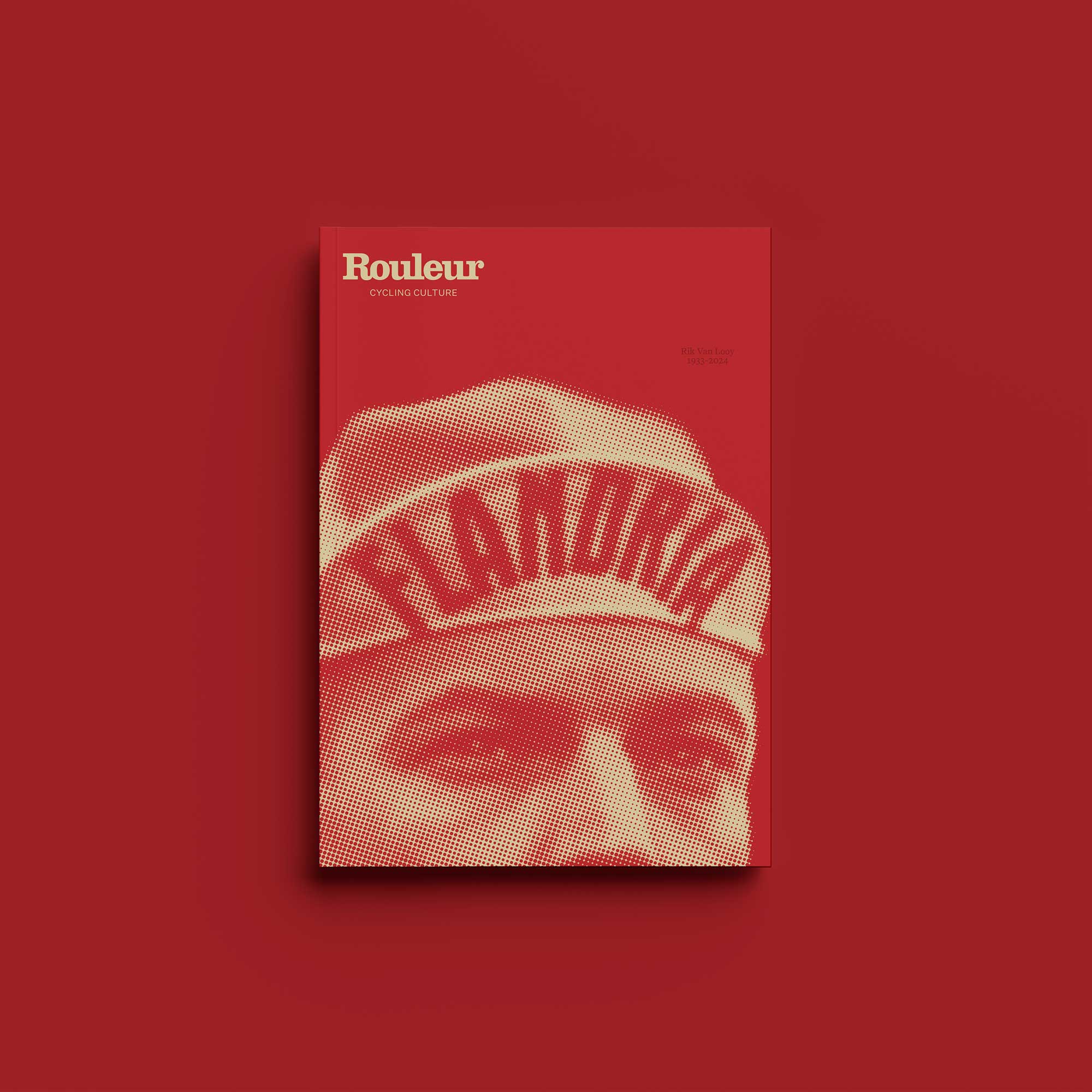To read this full article in Issue 115, subscribe to Rouleur now
“Is this too much? Too far?” is the message that pops up on Ribble CEO Andy Smallwood’s mobile phone. It’s from Jamie Burrow, ex-professional rider and current head of product at the British brand. Smallwood is quick to type his reply. The message is simple and direct: “No,” he sends back.
It’s this exchange that somehow sums up Ribble’s very ethos. It speaks of the risky, exciting and fearless strategy that this bustling bike brand from the heart of the north-west of England has taken on since it came under Smallwood’s direction in 2017. It encapsulates the working relationship between Smallwood, an involved and hands-on CEO, and Burrow, the bicycle-obsessed mastermind behind Ribble’s range. It hints at more pioneering innovation to come from the brand, and is an example of how Ribble keeps evolving: they aren’t afraid to do things differently.
 But it hasn’t always been this way. In its rich 125-year history, Ribble, like most companies, has had moments where it has got lost trying to navigate through the murky waters that can be found in the bicycle manufacturing industry. However, it’s a brand which – through the grit and determination that the north of England is famous for – has come out of the other side glittering, and with optimistic and broad aims for the future.
But it hasn’t always been this way. In its rich 125-year history, Ribble, like most companies, has had moments where it has got lost trying to navigate through the murky waters that can be found in the bicycle manufacturing industry. However, it’s a brand which – through the grit and determination that the north of England is famous for – has come out of the other side glittering, and with optimistic and broad aims for the future.
Subscribe to Rouleur and read the full story
To tell the true story of Ribble, though, we must start right at the beginning, and where else than in the Ribble Valley? Deep in the industrial revolution of the 19th century, it was here the brand was born, as a manufacturer of bespoke steel bicycle frames which provided a more practical solution to the penny-farthings that then dominated the market. It was from this bright idea that led Ribble, innovators from the start, to become a household name in the bicycle industry, quickly becoming the desirable brand for both amateur and professional cyclists.
The story of the brand’s pioneering nature doesn’t stop with the production of steel frames, either, it carries on deep into the late 1980s, when Ribble became a market-leading direct-to-consumer brand. Burrow himself remembers it well: “I remember reading Cycling Weekly back to front seven times a week and always seeing Ribble in there, and wanting to own one myself,” he says.
 “Everyone was on Ribbles back in those days,” adds Smallwood. “When I was a teenager, I saved up my money from Saturday jobs, birthday money and Christmas money, put it all together and bought a custom coloured steel frame through the Ribble ads in the back of Cycling Weekly.”
“Everyone was on Ribbles back in those days,” adds Smallwood. “When I was a teenager, I saved up my money from Saturday jobs, birthday money and Christmas money, put it all together and bought a custom coloured steel frame through the Ribble ads in the back of Cycling Weekly.”
Smallwood smiles at the memory, and I’m left scarcely believing the perfect narrative of the Ribble story. From a young boy dreaming of owning his own Ribble, to the CEO of the company decades later, you couldn’t ask for much more of a fairy tale. But as I speak to Smallwood, it’s clear that the story of his journey with Ribble only seems so polished and seamless from the outside. When the 47-year-old was head-hunted for the role of CEO at Ribble back in 2017, the brand was in a tough place.
 The focus had shifted away from its homespun hero story and British heritage, and Ribble was left retailing parts, clothing and accessories from third-party brands. “That was probably 80 per cent of our business, selling things from other people’s brands in what was a very competitive market,” explains Smallwood, looking back on the state of Ribble before he joined. “Under the surface there was this premium bike brand that has been around for nearly 125 years, with great heritage, I felt like that had been neglected. I could see a great opportunity of where we can really take this bike brand and not just get it back to where it was, but go beyond that.”
The focus had shifted away from its homespun hero story and British heritage, and Ribble was left retailing parts, clothing and accessories from third-party brands. “That was probably 80 per cent of our business, selling things from other people’s brands in what was a very competitive market,” explains Smallwood, looking back on the state of Ribble before he joined. “Under the surface there was this premium bike brand that has been around for nearly 125 years, with great heritage, I felt like that had been neglected. I could see a great opportunity of where we can really take this bike brand and not just get it back to where it was, but go beyond that.”






























